Xanthinol nicotinateCAS# 437-74-1 |
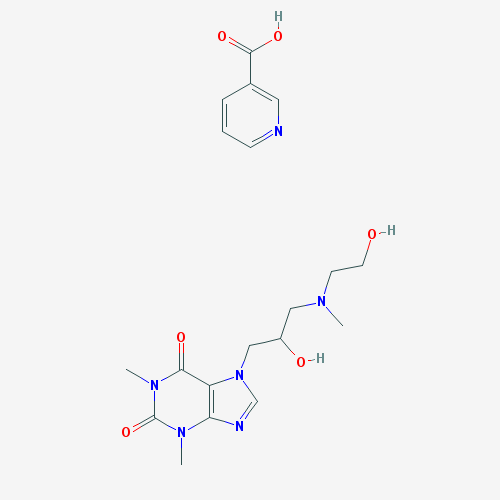
Quality Control & MSDS
3D structure
Package In Stock
Number of papers citing our products
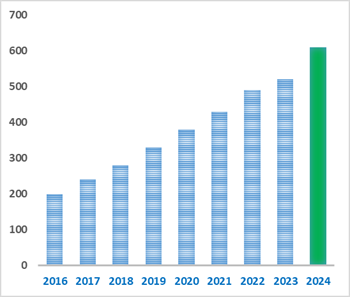
| Cas No. | 437-74-1 | SDF | Download SDF |
| PubChem ID | 9912 | Appearance | Powder |
| Formula | C19H26N6O6 | M.Wt | 434.4 |
| Type of Compound | N/A | Storage | Desiccate at -20°C |
| Solubility | H2O : 250 mg/mL (575.44 mM; Need ultrasonic) | ||
| Chemical Name | 7-[2-hydroxy-3-[2-hydroxyethyl(methyl)amino]propyl]-1,3-dimethylpurine-2,6-dione;pyridine-3-carboxylic acid | ||
| SMILES | CN1C2=C(C(=O)N(C1=O)C)N(C=N2)CC(CN(C)CCO)O.C1=CC(=CN=C1)C(=O)O | ||
| Standard InChIKey | GEPMAHVDJHFBJI-UHFFFAOYSA-N | ||
| Standard InChI | InChI=1S/C13H21N5O4.C6H5NO2/c1-15(4-5-19)6-9(20)7-18-8-14-11-10(18)12(21)17(3)13(22)16(11)2;8-6(9)5-2-1-3-7-4-5/h8-9,19-20H,4-7H2,1-3H3;1-4H,(H,8,9) | ||
| General tips | For obtaining a higher solubility , please warm the tube at 37 ℃ and shake it in the ultrasonic bath for a while.Stock solution can be stored below -20℃ for several months. We recommend that you prepare and use the solution on the same day. However, if the test schedule requires, the stock solutions can be prepared in advance, and the stock solution must be sealed and stored below -20℃. In general, the stock solution can be kept for several months. Before use, we recommend that you leave the vial at room temperature for at least an hour before opening it. |
||
| About Packaging | 1. The packaging of the product may be reversed during transportation, cause the high purity compounds to adhere to the neck or cap of the vial.Take the vail out of its packaging and shake gently until the compounds fall to the bottom of the vial. 2. For liquid products, please centrifuge at 500xg to gather the liquid to the bottom of the vial. 3. Try to avoid loss or contamination during the experiment. |
||
| Shipping Condition | Packaging according to customer requirements(5mg, 10mg, 20mg and more). Ship via FedEx, DHL, UPS, EMS or other couriers with RT, or blue ice upon request. | ||

Xanthinol nicotinate Dilution Calculator

Xanthinol nicotinate Molarity Calculator
| 1 mg | 5 mg | 10 mg | 20 mg | 25 mg | |
| 1 mM | 2.302 mL | 11.5101 mL | 23.0203 mL | 46.0405 mL | 57.5506 mL |
| 5 mM | 0.4604 mL | 2.302 mL | 4.6041 mL | 9.2081 mL | 11.5101 mL |
| 10 mM | 0.2302 mL | 1.151 mL | 2.302 mL | 4.6041 mL | 5.7551 mL |
| 50 mM | 0.046 mL | 0.2302 mL | 0.4604 mL | 0.9208 mL | 1.151 mL |
| 100 mM | 0.023 mL | 0.1151 mL | 0.2302 mL | 0.4604 mL | 0.5755 mL |
| * Note: If you are in the process of experiment, it's necessary to make the dilution ratios of the samples. The dilution data above is only for reference. Normally, it's can get a better solubility within lower of Concentrations. | |||||

Calcutta University

University of Minnesota

University of Maryland School of Medicine

University of Illinois at Chicago

The Ohio State University
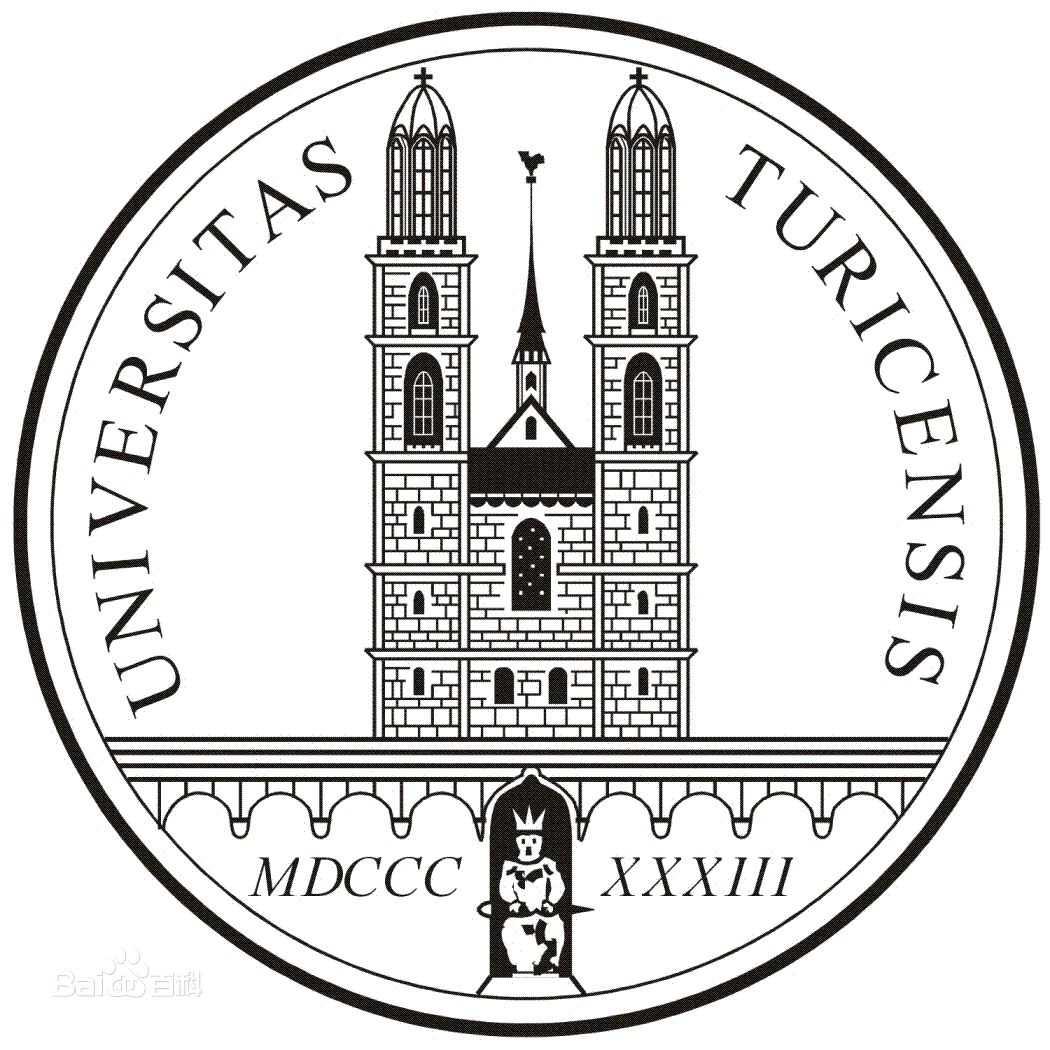
University of Zurich

Harvard University

Colorado State University

Auburn University

Yale University

Worcester Polytechnic Institute

Washington State University

Stanford University

University of Leipzig
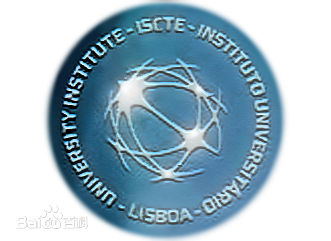
Universidade da Beira Interior
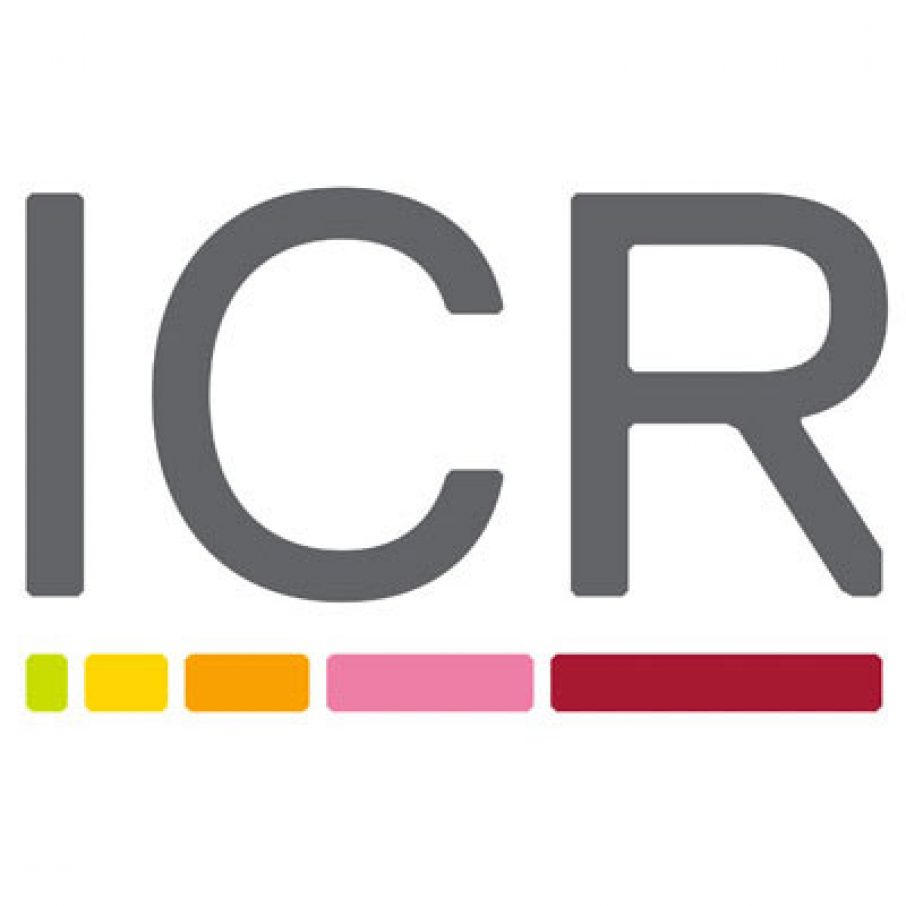
The Institute of Cancer Research

Heidelberg University

University of Amsterdam

University of Auckland

TsingHua University
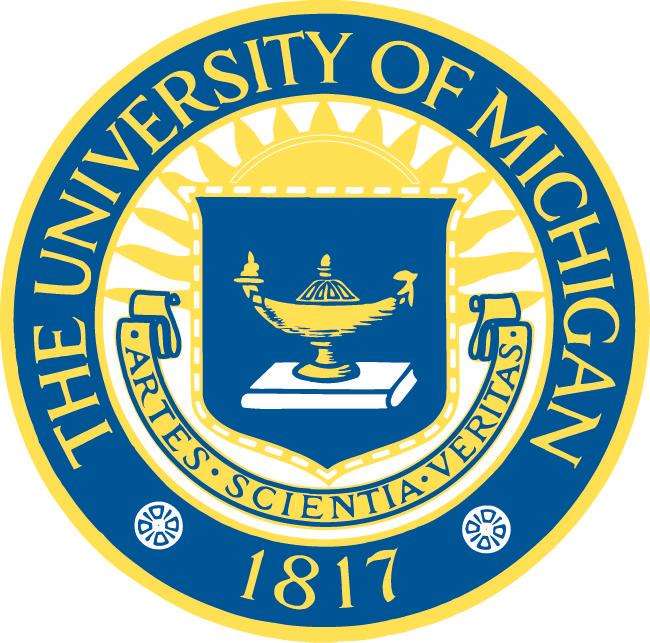
The University of Michigan

Miami University

DRURY University
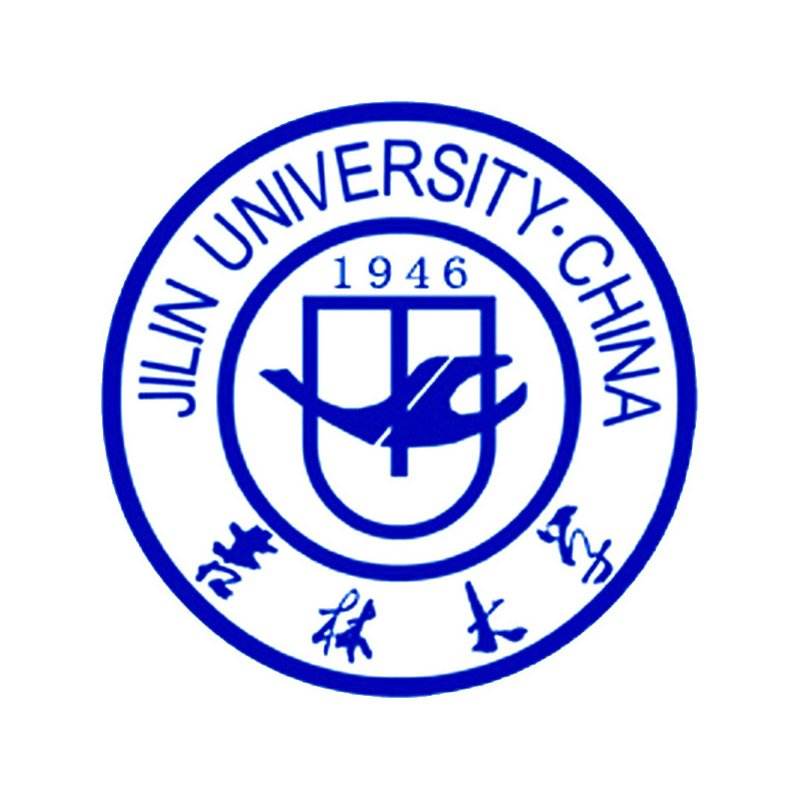
Jilin University

Fudan University

Wuhan University

Sun Yat-sen University

Universite de Paris

Deemed University

Auckland University

The University of Tokyo

Korea University
- Genkwanin
Catalog No.:BCN5488
CAS No.:437-64-9
- Gentisin
Catalog No.:BCN7518
CAS No.:437-50-3
- MRS 2365
Catalog No.:BCC5879
CAS No.:436847-09-5
- Tetrodotoxin
Catalog No.:BCN1035
CAS No.:4368-28-9
- Kobe0065
Catalog No.:BCC5290
CAS No.:436133-68-5
- JKC 363
Catalog No.:BCC6022
CAS No.:436083-30-6
- Ajmaline
Catalog No.:BCN3867
CAS No.:4360-12-7
- Fangchinoline
Catalog No.:BCN5956
CAS No.:436-77-1
- Diffractic Acid
Catalog No.:BCN8506
CAS No.:436-32-8
- (-)-Curine
Catalog No.:BCN2673
CAS No.:436-05-5
- 5-Hydroxy-9-(3,4,5-trimethoxyphenyl)-5a,6,8a,9-tetrahydro-5H-[2]benzofuro[5,6-f][1,3]benzodioxol-8-one
Catalog No.:BCC8350
CAS No.:4354-76-1
- H-Arg(Tos)-OH
Catalog No.:BCC2867
CAS No.:4353-32-6
- Crategolic acid
Catalog No.:BCN5487
CAS No.:4373-41-5
- Salinosporamide A (NPI-0052, Marizomib)
Catalog No.:BCC2094
CAS No.:437742-34-2
- H-Thr(tBu)-OH
Catalog No.:BCC3106
CAS No.:4378-13-6
- 4-(4-Aminophenyl)morpholin-3-one
Catalog No.:BCC8650
CAS No.:438056-69-0
- SMI-4a
Catalog No.:BCC2233
CAS No.:438190-29-5
- Quercetin 3,3'-dimethyl ether
Catalog No.:BCN7781
CAS No.:4382-17-6
- Dihydrorobinetin
Catalog No.:BCN5489
CAS No.:4382-33-6
- Robtin
Catalog No.:BCN5490
CAS No.:4382-34-7
- Perakine
Catalog No.:BCN5491
CAS No.:4382-56-3
- PFK-015
Catalog No.:BCC5280
CAS No.:4382-63-2
- 3(20)-Phytene-1,2-diol
Catalog No.:BCN6589
CAS No.:438536-34-6
- JIP-1 (153-163)
Catalog No.:BCC5777
CAS No.:438567-88-5
Development and validation of a liquid chromatography-tandem mass spectrometry method for the determination of xanthinol in human plasma and its application in a bioequivalence study of xanthinol nicotinate tablets.[Pubmed:18718822]
J Chromatogr B Analyt Technol Biomed Life Sci. 2008 Sep 15;873(1):20-6.
A sensitive, rapid liquid chromatographic-electrospray ionization mass spectrometric method for the determination of xanthinol in human plasma was developed and validated. Xanthinol nicotinate in plasma (0.5 mL) was pretreated with 20% trichloroacetic acid for protein precipitation. The samples were separated using a Lichrospher silica (5 microm, 250 mm x 4.6 mm i.d.). A mobile phase of methanol-water containing 0.1% formic acid (50: 50, v/v) was used isocratically eluting at a flow rate of 1 mL/min. Xanthinol and its internal standard (IS), acyclovir, were measured by electrospray ion source in positive selected reaction monitoring mode. The method demonstrated that good linearity ranged from 10.27 to 1642.8 ng/mL with r=0.9956. The limit of quantification for xanthinol in plasma was 10.27 ng/mL with good accuracy and precision. The mean plasma extraction recovery of xanthinol was in the range of 90.9-100.2%. The intra- and inter-batch variability values were less than 4.8% and 7.9% (relative standard deviation, R.S.D.), respectively. The established method has been successfully applied to a bioequivalence study of two Xanthinol nicotinate tablets for 20 healthy volunteers.


